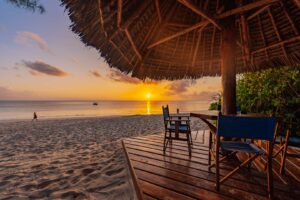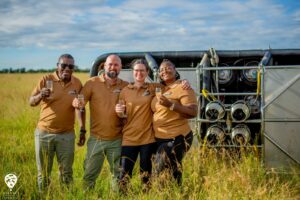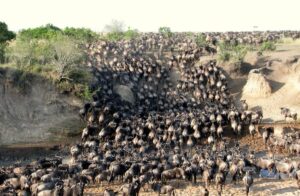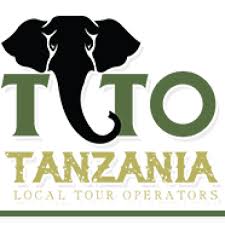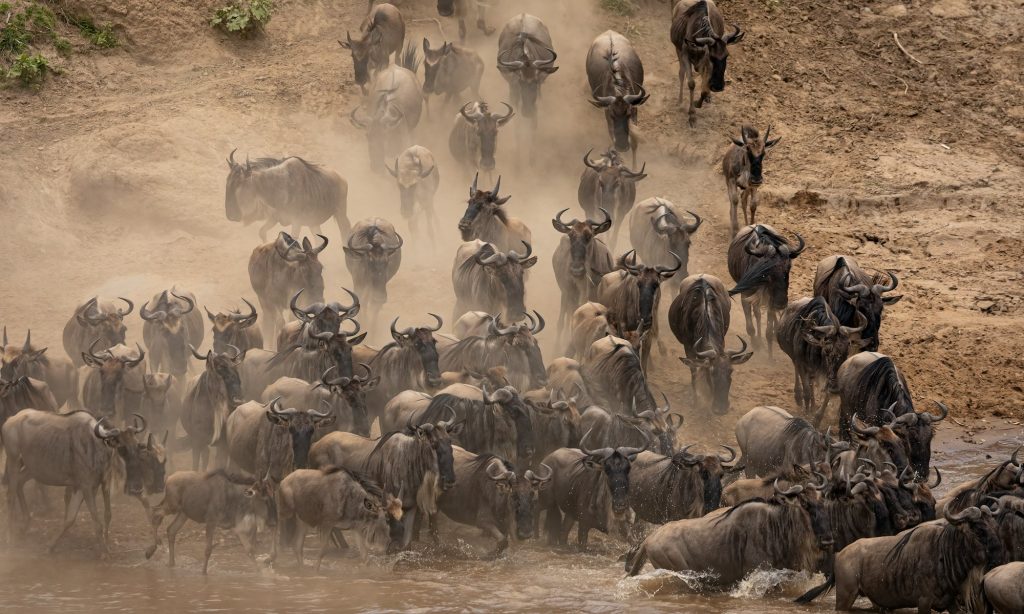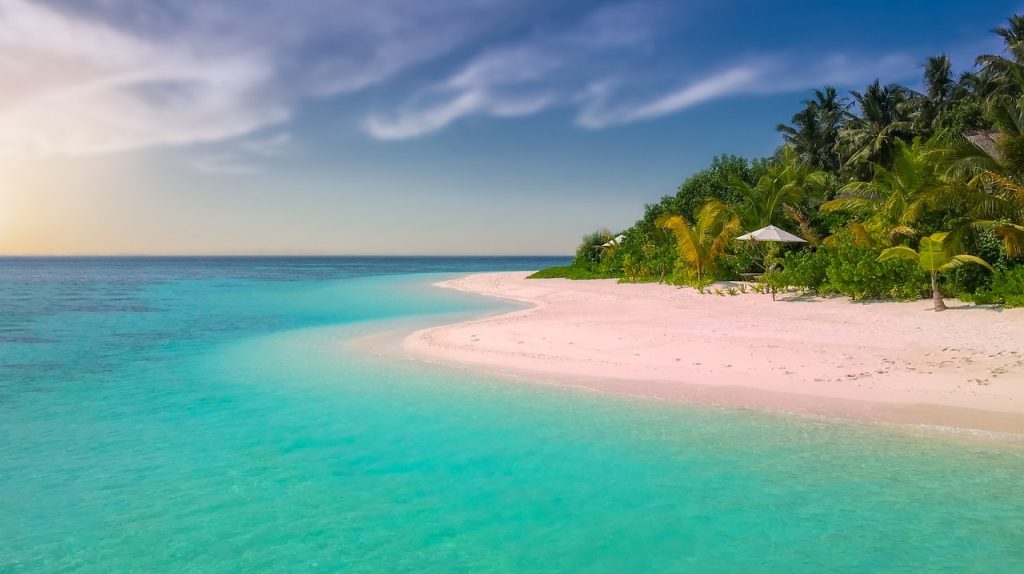How to Combine Mount Kilimanjaro and Safari in One Trip
If you’re dreaming of both climbing Africa’s tallest mountain and exploring the legendary wildlife parks of Tanzania, you’re in for the adventure of a lifetime. A Kilimanjaro and safari combo offers the best of both worlds: a high-altitude trek followed by epic wildlife encounters. But how exactly do you combine these two bucket-list experiences into one seamless itinerary? Let’s dive into everything you need to know.
Why Choose a Kilimanjaro and Safari Combo?
Tanzania is one of the few countries in the world where you can summit a snow-capped peak and witness the Big Five on the same trip. A Kilimanjaro and safari combo is perfect for adventurous travelers looking to make the most out of their visit. It saves time, maximizes your experience, and gives you a deeper connection to the land.
You’ll start by challenging yourself on one of the most iconic treks in the world — Mount Kilimanjaro — and then reward your effort with a relaxing yet thrilling safari through world-famous parks like Serengeti and Ngorongoro Crater.
Best Time to Plan Your Kilimanjaro and Safari Combo
Timing is everything. The dry seasons — January to March and June to October — are ideal for both trekking and safari. These months offer clearer skies on Kilimanjaro and better wildlife viewing in the national parks.
Avoid the long rainy season (April-May), as the trails can be slippery and game drives muddy.
Step 1: Climb Mount Kilimanjaro
Mount Kilimanjaro offers several trekking routes, including the Machame, Lemosho, and Marangu. Most treks take between 6–9 days. For a successful Kilimanjaro and safari combo, choose a route with a high acclimatization rate and scenic variation.
Popular Routes for Combo Travelers:
- Machame Route (7 days): Offers scenic diversity and a good summit success rate.
- Lemosho Route (8 days): Less crowded and offers great acclimatization.
- Marangu Route (6 days): The only route with hut accommodations.
Training beforehand is crucial. The climb isn’t technical, but altitude can be a challenge.
Step 2: Recover and Refresh
After summiting, you’ll descend back to Moshi or Arusha. Most Kilimanjaro and safari combo packages include at least one rest day to help you recover. Enjoy a massage, fresh Tanzanian food, and some downtime before heading into the wild.
This transition day is important — it allows your body to adjust after altitude exposure and gives you a chance to reflect before your next adventure begins.
Step 3: Head Out on Safari
Tanzania’s Northern Circuit is the most popular for those combining trekking with safari. It includes iconic parks like:
- Ngorongoro Crater: A UNESCO World Heritage Site and home to an incredible concentration of animals.
- Serengeti National Park: Witness the Great Migration or spot big cats in open savannahs.
- Tarangire National Park: Known for its massive elephant herds and baobab trees.
- Lake Manyara National Park: Ideal for flamingo sightings and tree-climbing lions.
Most Kilimanjaro and safari combo packages include 3–5 days of game drives, with luxurious lodges or tented camps for your stay.
Itinerary Example: 12-Day Kilimanjaro and Safari Combo
Days 1–2: Arrive in Arusha, relax, and prepare.
Days 3–9: Kilimanjaro climb via Lemosho Route.
Day 10: Rest day in Arusha.
Days 11–14: Safari in Serengeti and Ngorongoro Crater.
Day 15: Departure.
This itinerary balances effort and relaxation, giving you time to enjoy both adventures fully.
What to Pack for Your Combo Trip
Packing smart is key. You’ll need to cover everything from summit gear to casual safari wear.
For Kilimanjaro:
- Thermal base layers
- Waterproof jacket and pants
- Hiking boots
- Gloves, hats, and a headlamp
For Safari:
- Neutral-colored clothing
- Sun hat and sunglasses
- Camera with zoom lens
- Comfortable walking shoes
Combining gear in one suitcase? Use packing cubes to separate climb and safari essentials.
How to Book a Kilimanjaro and Safari Combo Tour
Many reputable Tanzanian tour operators, including Framat Adventure, offer well-organized Kilimanjaro and safari combo packages. Look for a company that:
- Has licensed mountain and safari guides
- Offers clear pre-trip training resources
- Provides reliable equipment and vehicle safety
- Supports ethical and sustainable tourism
Booking with a trusted provider ensures your experience is safe, enjoyable, and aligned with conservation efforts.
Cost Breakdown
The price for a Kilimanjaro and safari combo depends on factors like route, duration, group size, and accommodation level.
Estimated Costs:
- Kilimanjaro climb (7 days): $2,000–$3,500
- Safari (4 days): $1,500–$3,000
- Additional expenses: tips, gear rental, flights, visas
Budget around $4,000–$6,000 for a quality experience.
Tips for a Successful Combo Trip
- Train for the trek at least 2–3 months in advance.
- Choose your travel season wisely.
- Hydrate constantly on the mountain.
- Carry a good camera for safari shots.
- Embrace the journey — from summit sunrises to lion sightings.
Final Thoughts
A Kilimanjaro and safari combo is more than just a trip — it’s a transformational experience. Climbing Africa’s highest peak fills you with a deep sense of accomplishment, while the safari grounds you in the raw beauty of the animal kingdom.
Whether you’re celebrating a milestone, checking off a bucket-list item, or simply craving an extraordinary adventure, a Kilimanjaro and safari combo delivers memories that last a lifetime.
Ready to take on the mountain and the savannah? Framat Adventure offers curated Kilimanjaro and safari combo journeys designed for adventurous souls like you.

